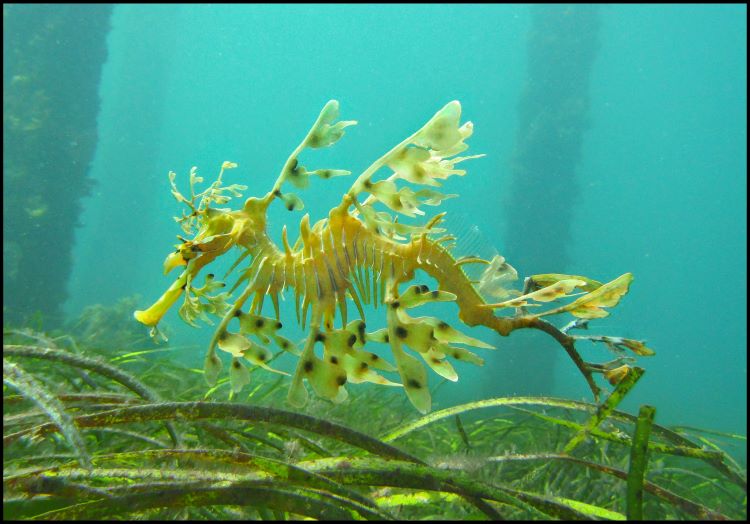Key points
- It's Lunar Year of the Dragon in 2024, so we're celebrating Australia's dragons.
- Native dragons include the Superb Two-Line Dragon, Dwarf-Bicycle Dragon, Pebble Dragon, Military Dragon and the Chameleon Dragon.
- The Atlas of Living Australia includes species records available through open data, which you can access and add to.
It's Lunar Year of the Dragon and we’re sharing the lesser-known fact that dragons are alive and well in Australia.
Names like Forest Dragon, Water Dragon, Mountain Dragon, and Sand Dragon might conjure up images of warring nations riding into battle on giant winged lizards. But these are all common names of real living, breathing (but not fire-breathing) Australian dragons.
Known in Australia as dragons, the Agamidae family of lizards contains more than 400 species worldwide, and almost 100 in Australia alone. Unfortunately their numbers are threatened by habitat loss, climate change, and feral predators such as foxes and cats.
You can learn more about these amazing dragons on our Atlas of Living Australia, Australia’s national biodiversity database with more than 132 million species records available through open data.
Here are five members of the Agamidae family that sound like they've been made up by writers of high fantasy fiction. So, let's keep calm and drag-on.
Australia's magic native dragons
Superb Two-Line Dragon (Diporiphora superba)
The Superb Two-Line Dragon is magnificent little dragon only found in the northwest Kimberley region in Western Australia. With an extraordinary tail, which is four times the length of its slender green body, it is excellently camouflaged in trees. It is definitely a superb dragon.
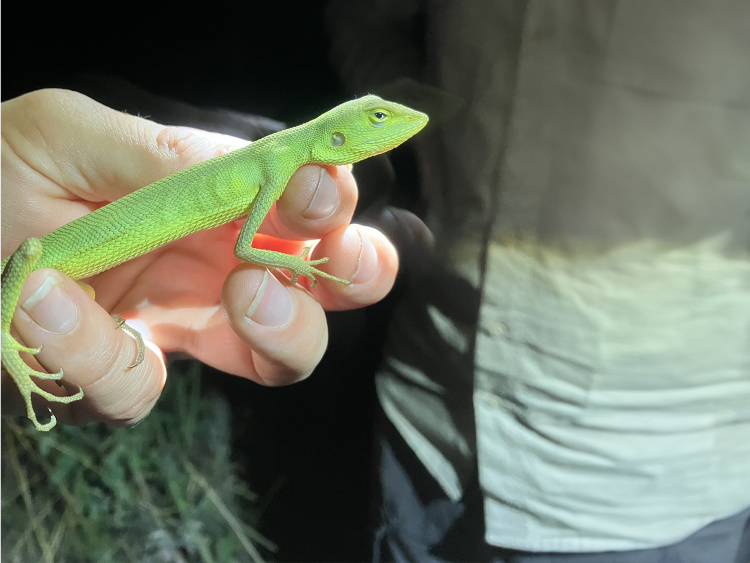
Dwarf-Bicycle Dragon (Ctenophorus mckenziei)
Pause for a moment and, if you can, try to picture a dragon riding a bicycle. The Dwarf-Bicycle Dragon is also known as McKenzie’s dragon (after the Western Australia zoologist Norman Leslie McKenzie). These tiny lizards are, on average, only 65mm long.
Bicycle dragons get their name from how they flee from predators. They run on their back legs at high speed, looking as if they are furiously pedalling a bike. It’s as adorable as it sounds.
Pebble Dragon (Tympanocryptis cephalus)
Pebble Dragons are little dragons that grow to a maximum size of 150mm. They are a master of disguise. With their flat, round and spiny body, narrow necks and triangular heads, they camouflage themselves well with their arid, pebble-strewn habitat.
Many species of Tympanocryptis cephalus pebble dragons are now better known as pebble-mimic dragons Tympanocryptis pseudopsephos. The name Tympanocryptis cephalus refers only to the species found in the Pilbara region of Western Australia.
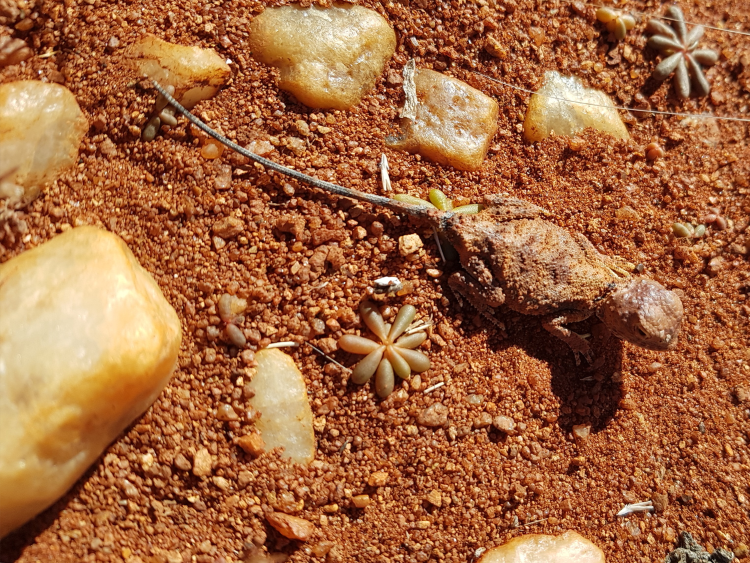
Military Dragon
If you want an effective Military Dragon, you don’t want one single military dragon - you need several.
Australia’s military dragons are divided into the Central (Ctenophorus isolepis), Mallee (Ctenophorus fordi), and Spotted Military Dragon (Ctenophorus maculatus). The Mallee and Spotted Military Dragon both call Western Australia home. But the Central Military Dragon lives in habitats across the Northern Territory, Queensland, South Australia, and the west coast.
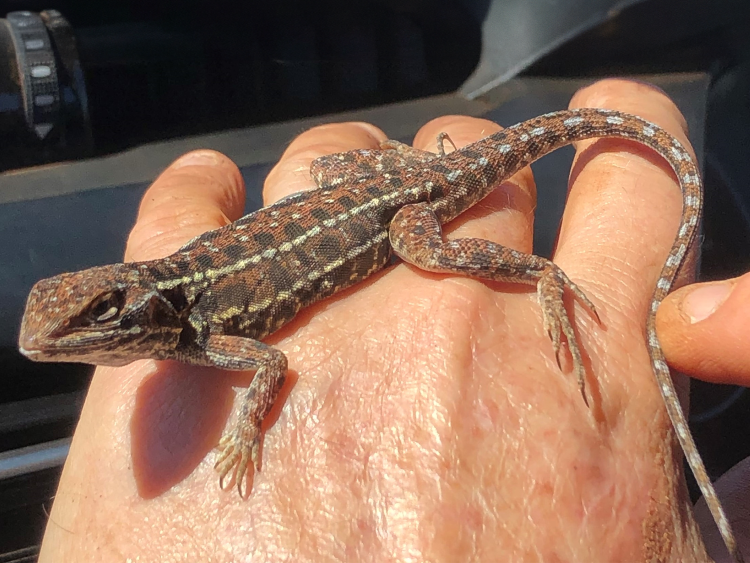
Chameleon Dragon (Chelosania brunnea)
Perhaps the best thing about the Chameleon Dragon, the only member of the Chelosania genus, is its age. Scientific analysis shows the species is significantly older than more recent desert-dwelling agamids (dragons).
This dragon grows to an average length of 375mm. It gets its name from looking like a chameleon, rather than from being able to change colour. But we do think a colour-changing dragon would be very cool.
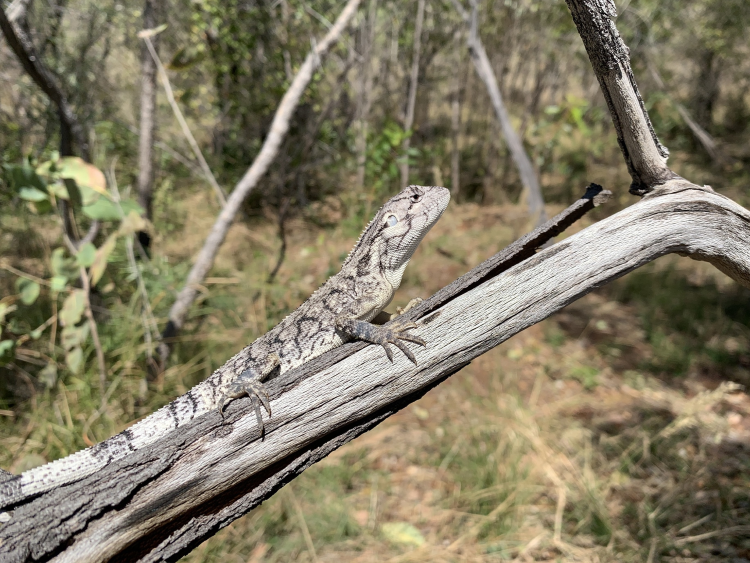
Honourable mention: Leafy sea dragon (Phycodurus eques)
The Leafy sea dragon is a fish related to the seahorse. Unfortunately, it is not a real dragon. Just the same, it gets an honourable mention on the list.
This beautiful creature is found among the southern sheltered bays of Australia's southern coast and Western Australia. The leafy sea dragon’s long ornamental spines and leafy appendages make it look like a piece of gently floating seaweed. However, it would be no match against an actual dragon.
